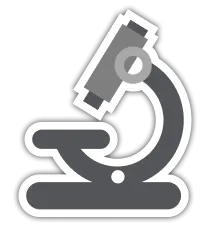Organs
For each plant image in Pl@ntNet, an “organ” is attached, in order to identify which part of the plant has been photographed.
The term has been broadened in Pl@ntNet to cover a wider variety of shots, such as a canopy taken by a drone, a drawing or a herbarium sheet.
Here is the list of organs available in Pl@ntNet and their definitions:
Generally flat and green organ that grows on the stem of plants and that mainly serves to capture light to make the plant’s food through photosynthesis.
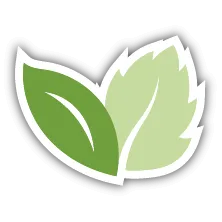
Flower
Section titled “Flower”Part of a plant that contains the reproductive organs and allows the production of seeds, often colored or remarkable.
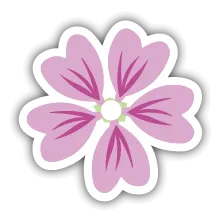
The organ resulting from the flower that contains the seeds and allows their dispersal.
Example: green bean pod, samara, banana, pear, hazelnut, acorn, achene, pea, beechnut, etc.
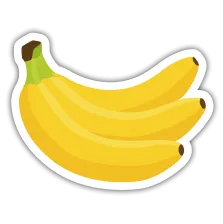
Outer covering of the trunk, branches and roots of trees.
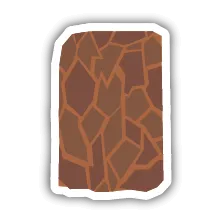
Whole plant (habit)
Section titled “Whole plant (habit)”Photo of the whole plant, the general appearance of a plant, resulting from its growth and branching pattern.
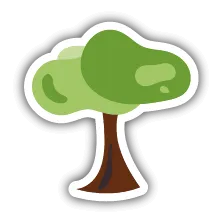
Branch
Section titled “Branch”Woody extension of a tree or shrub, bearing leaves, flowers or fruits.
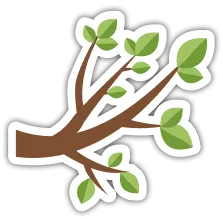
Structure containing an embryo and capable of germinating to give rise to a new plant.
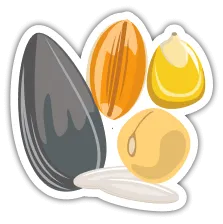
Small outgrowth giving rise to branches, leaves, flowers and fruits.
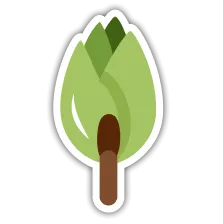
Aerial
Section titled “Aerial”Plant photo taken from above, usually via a drone flying over a canopy, for example.
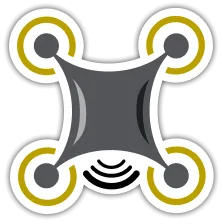
Herbarium
Section titled “Herbarium”One or more parts of the plant pressed on a sheet, annotated, constituting a herbarium sheet.
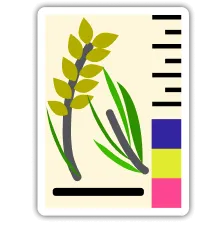
Drawing
Section titled “Drawing”Artistic or technical drawing of a plant or its parts, made by hand.
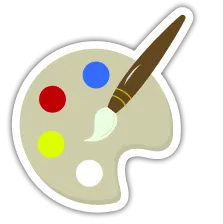
Uniform background
Section titled “Uniform background”Plant photo on a uniform background. Example: a flower placed on a leaf (with or without color), all photographed.
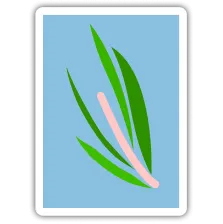
Anatomy
Section titled “Anatomy”Microscopic representation of a part of a plant (observed under a microscope).
